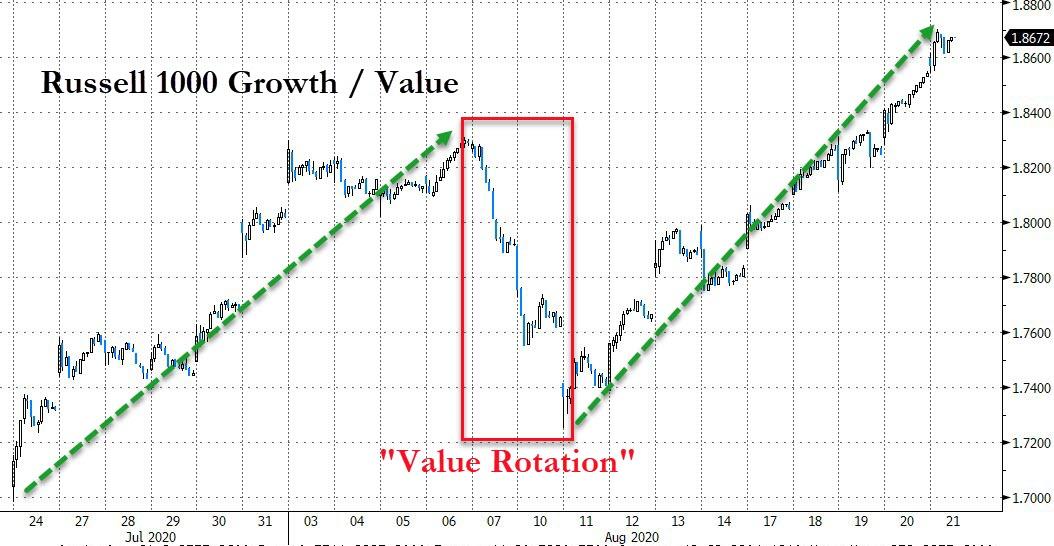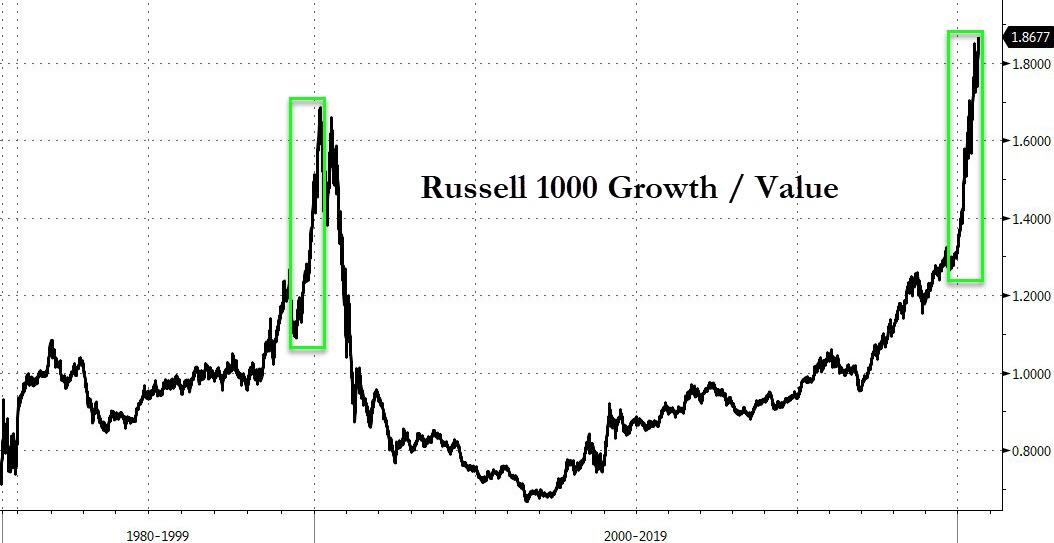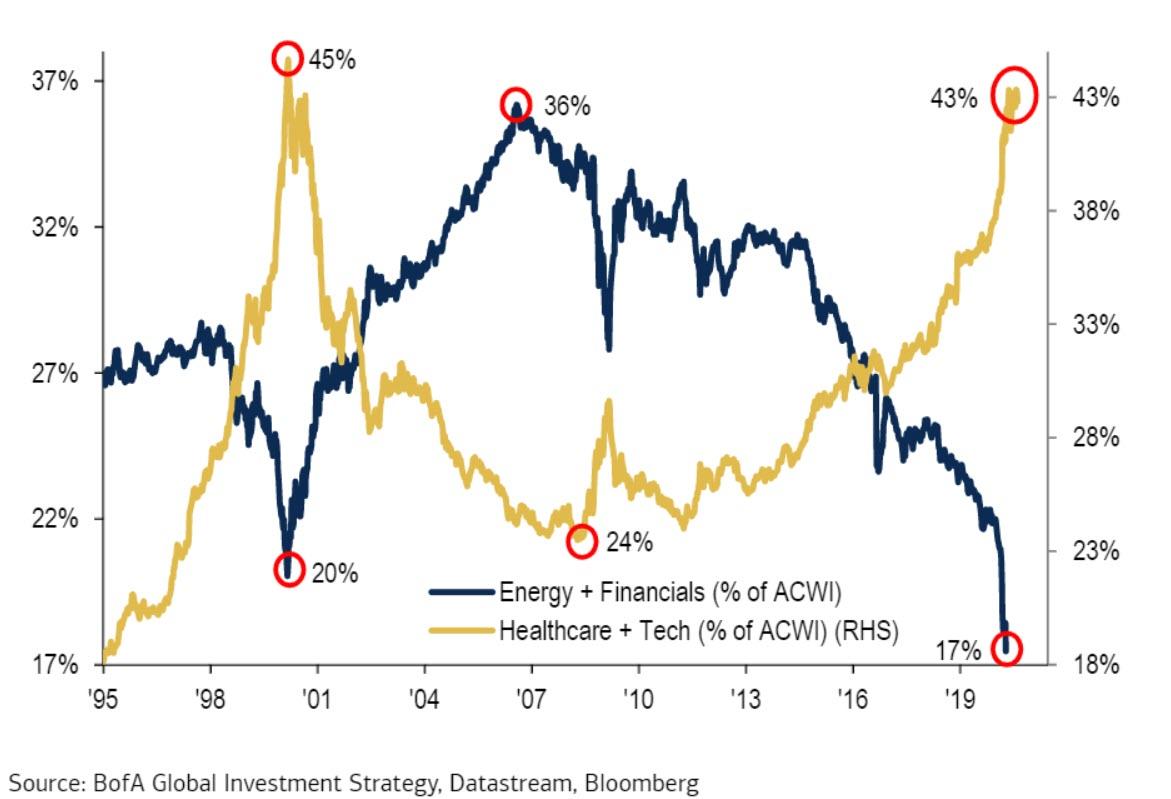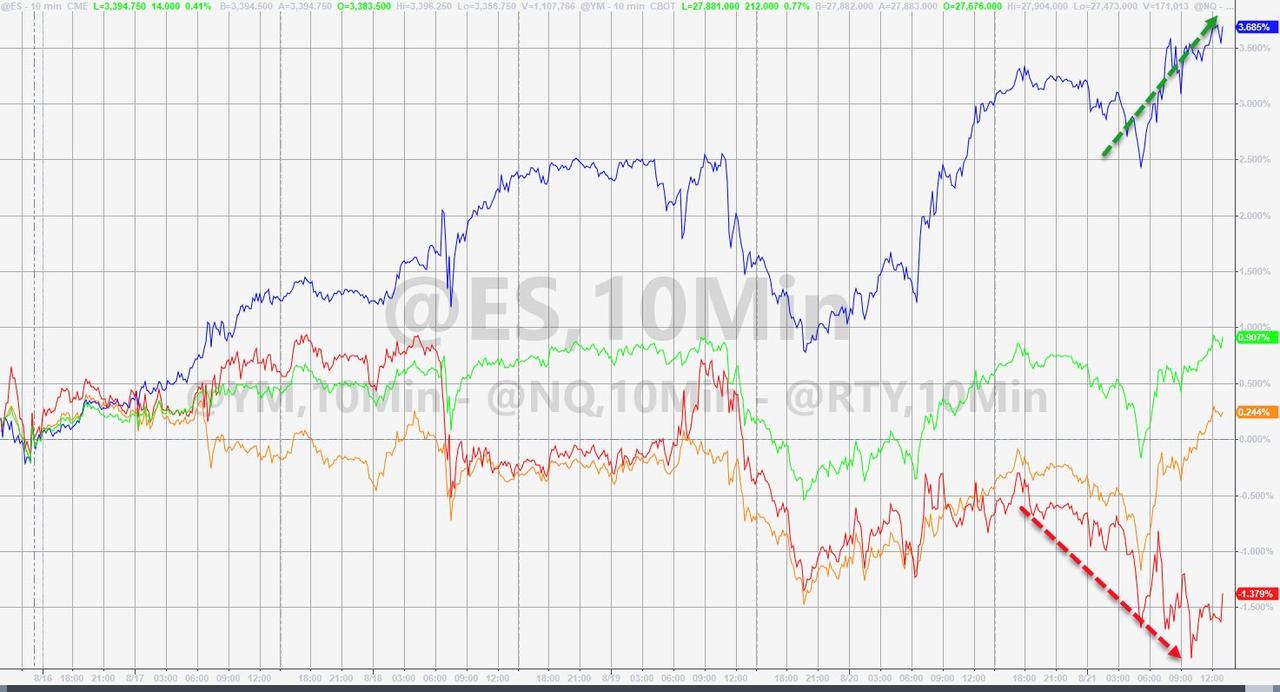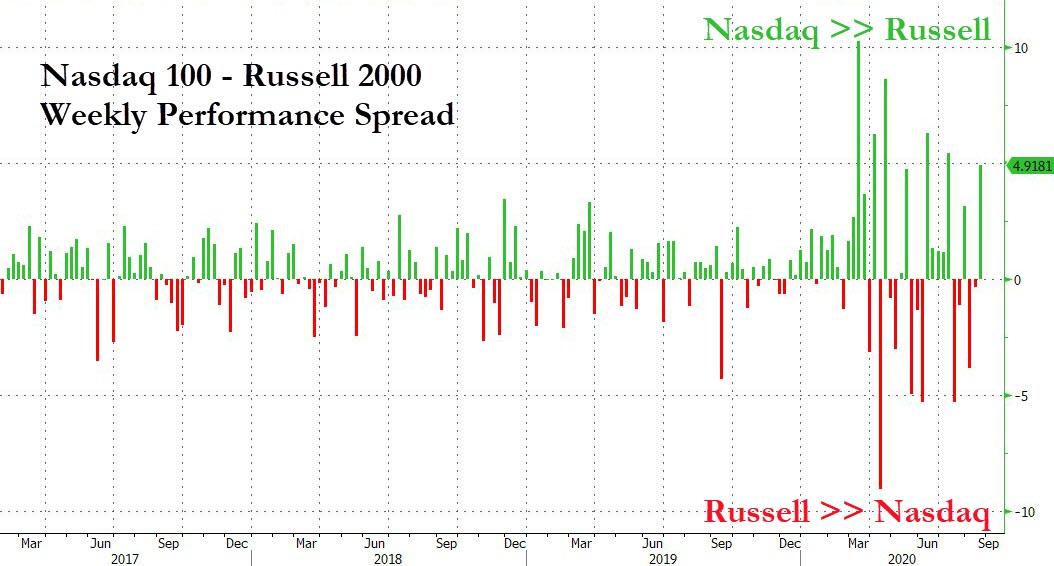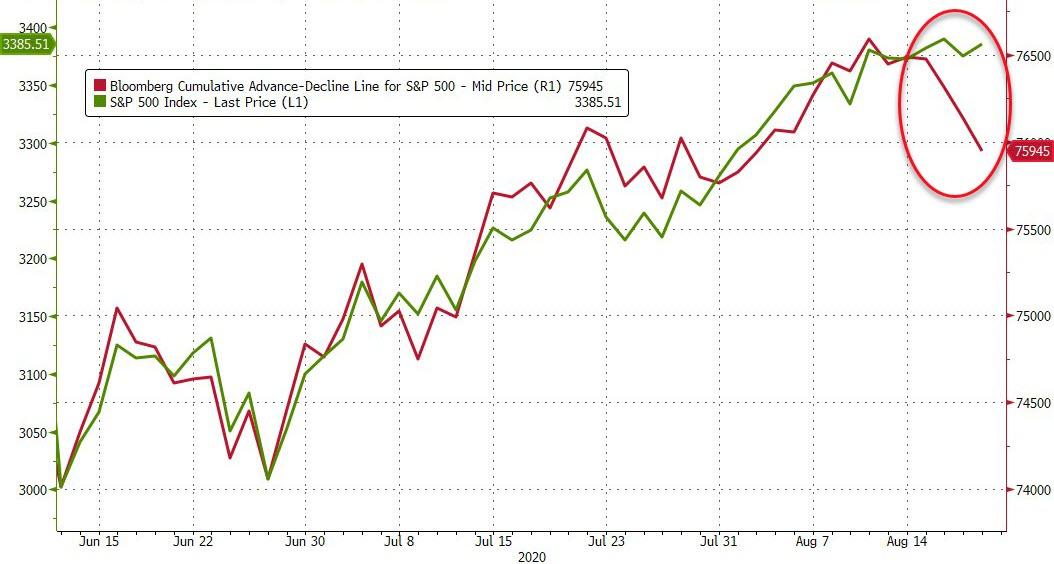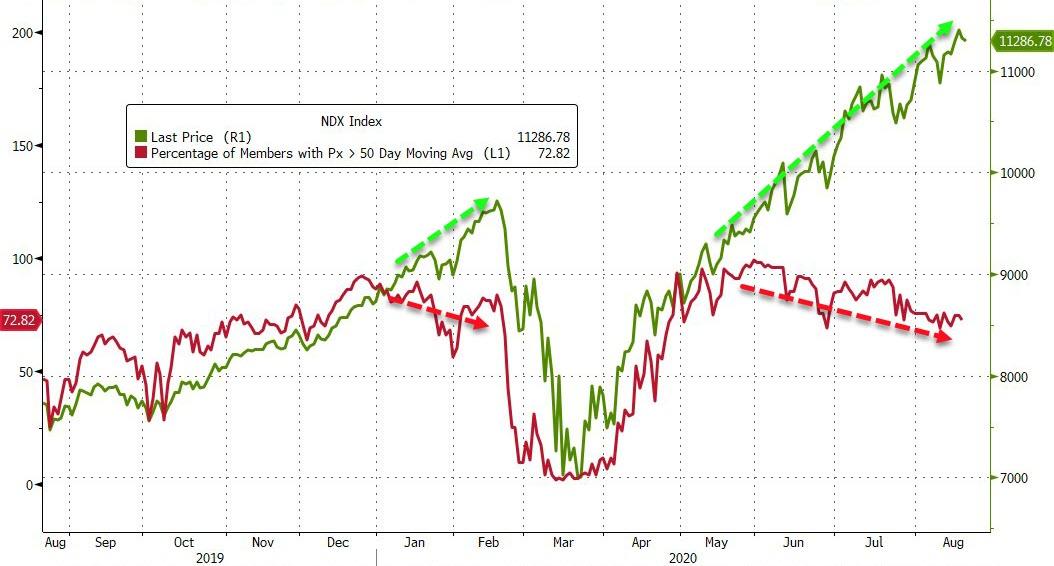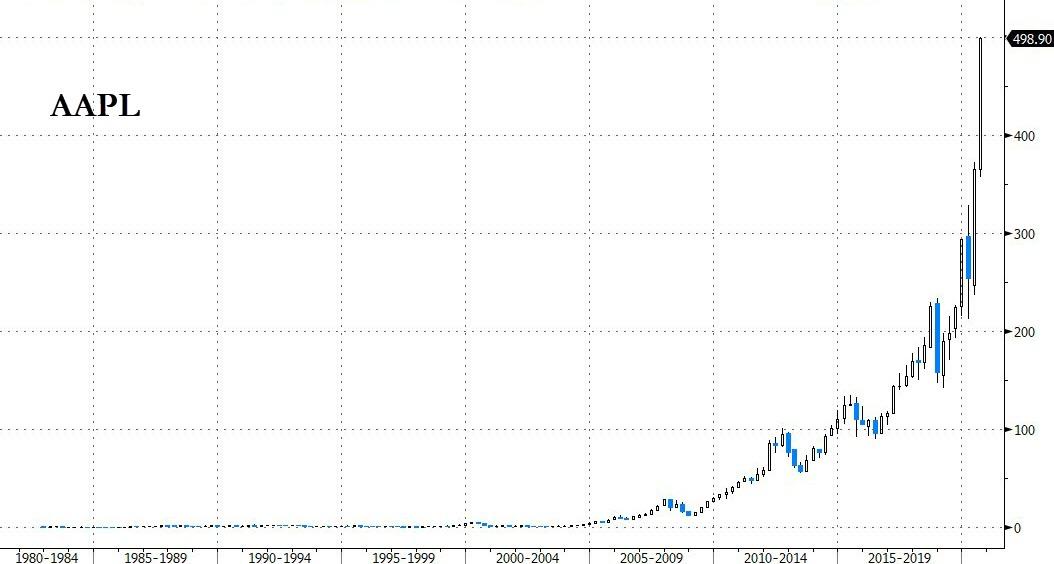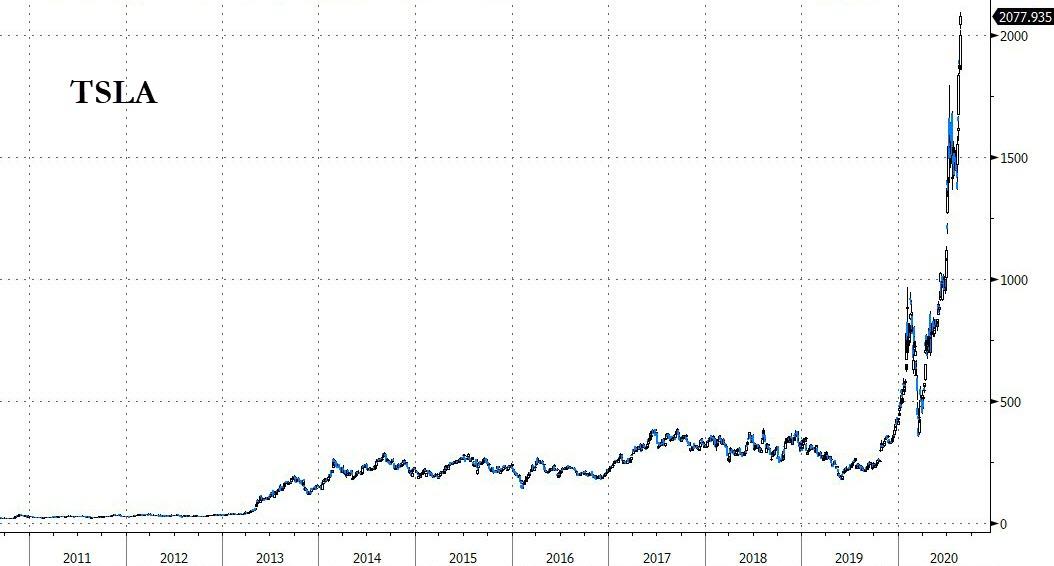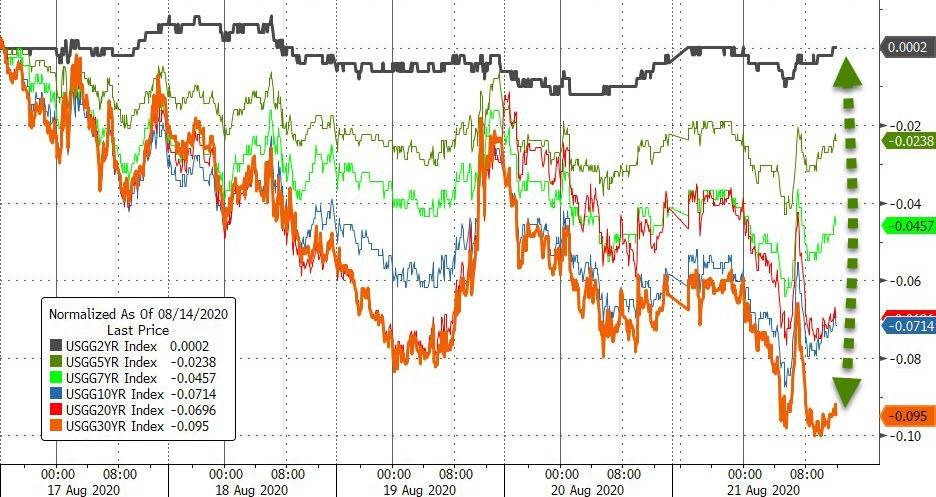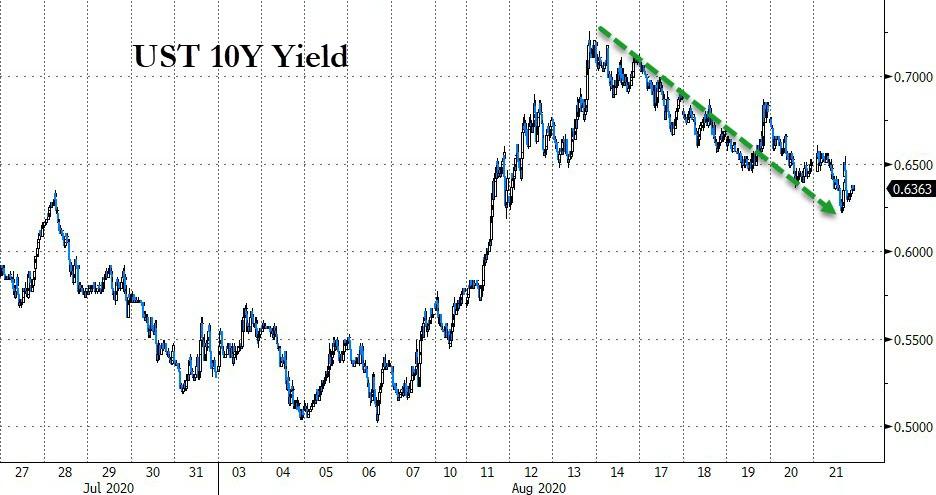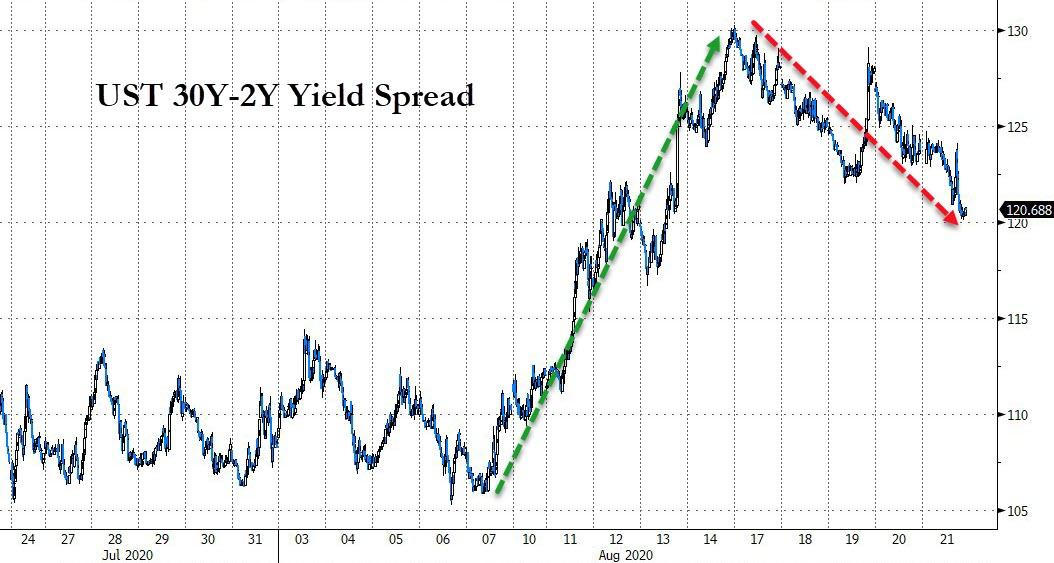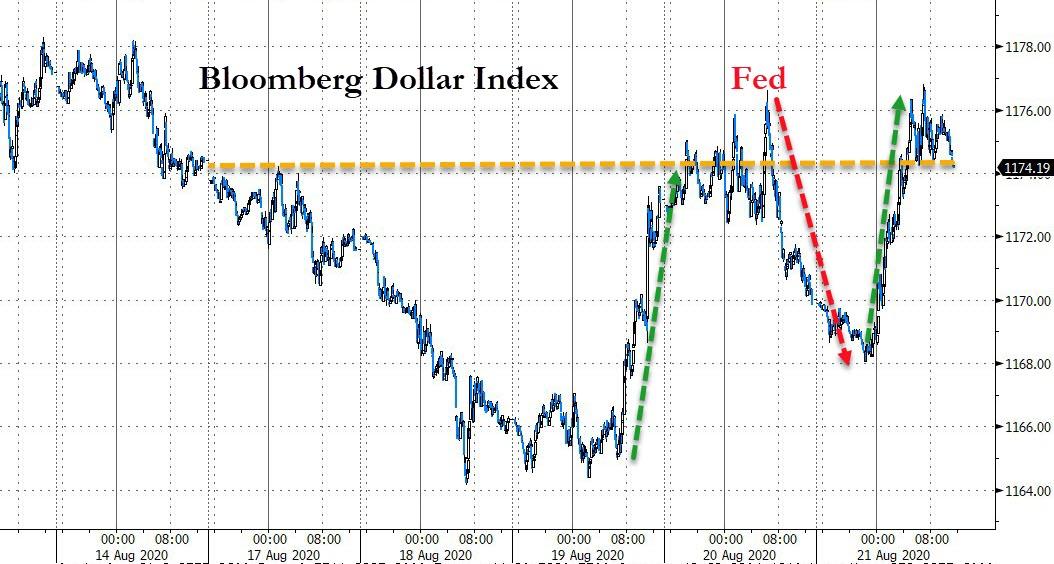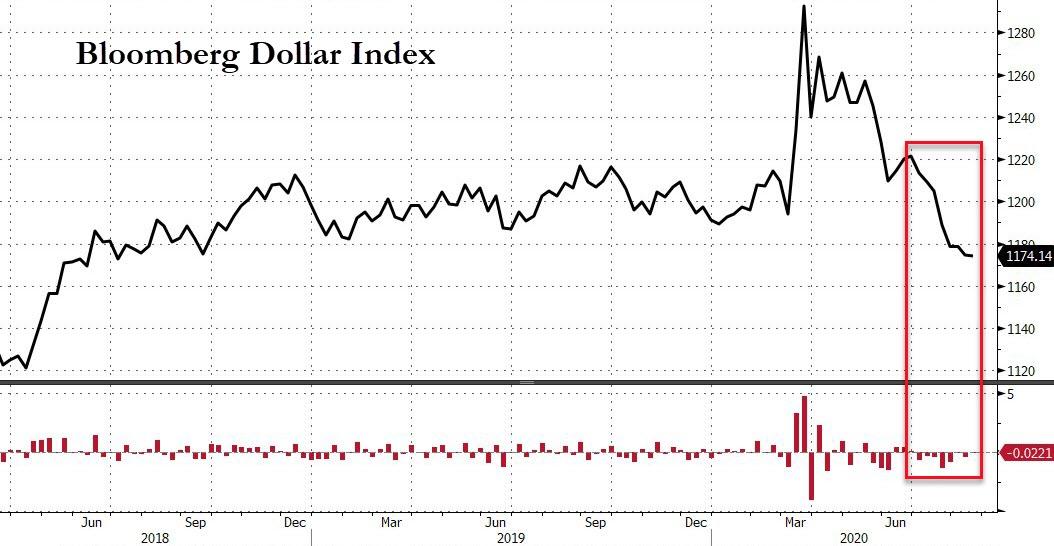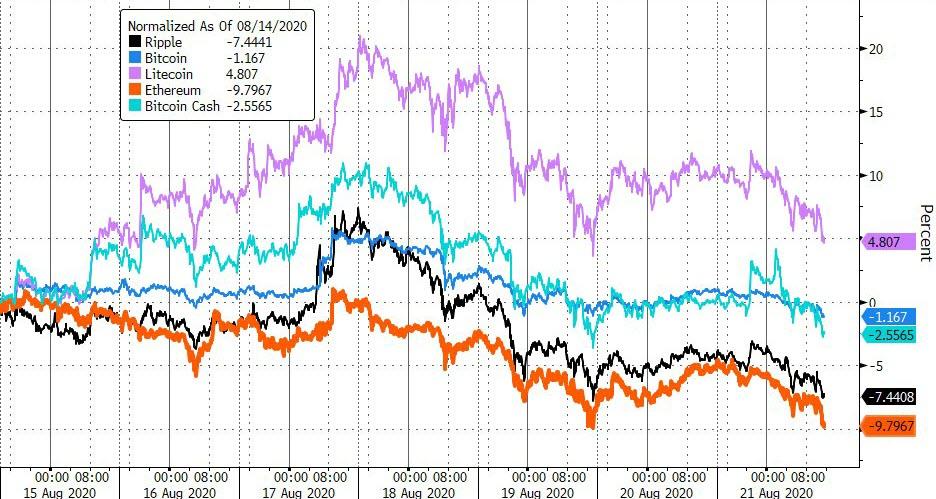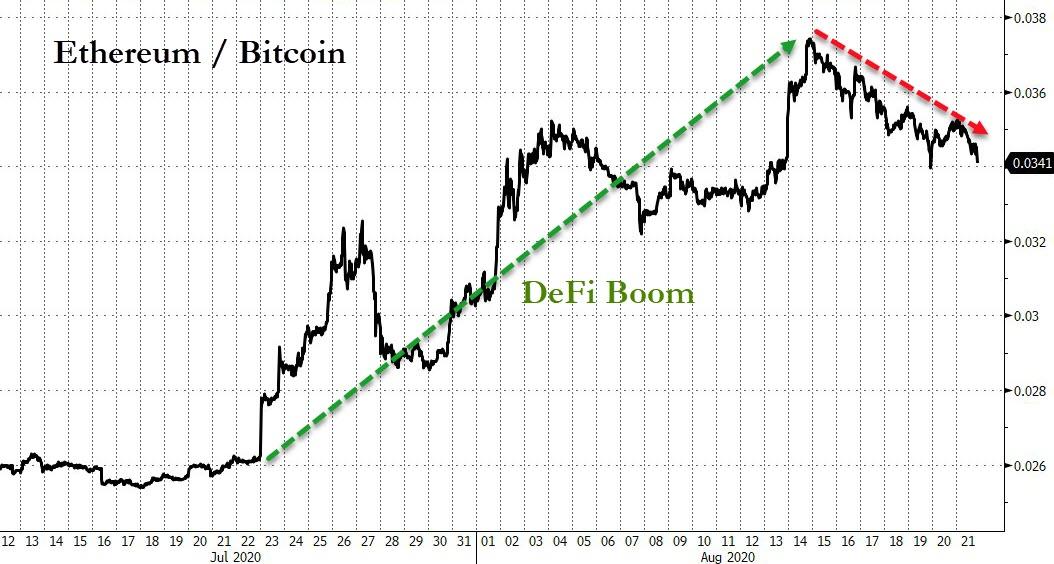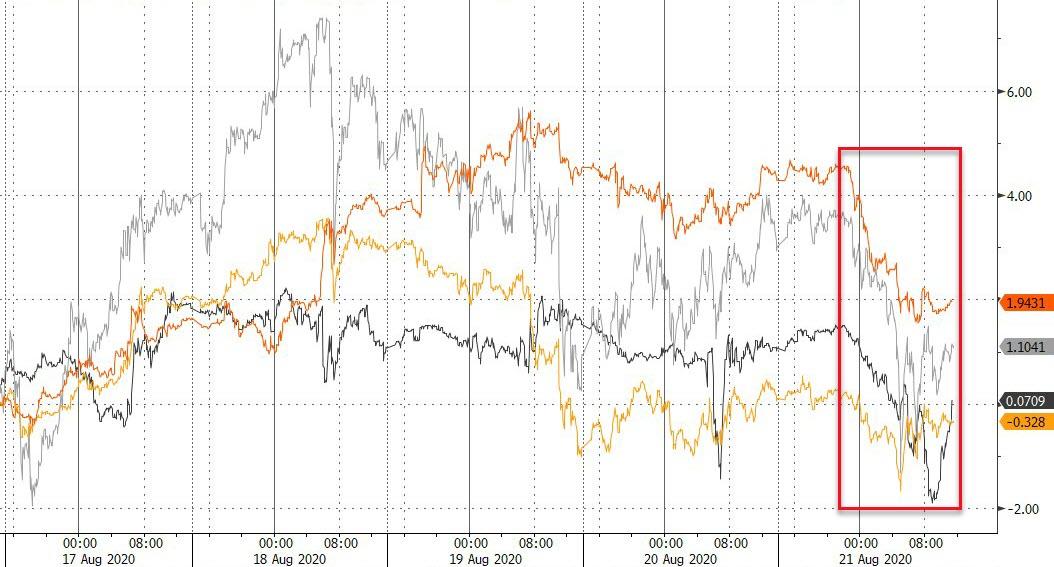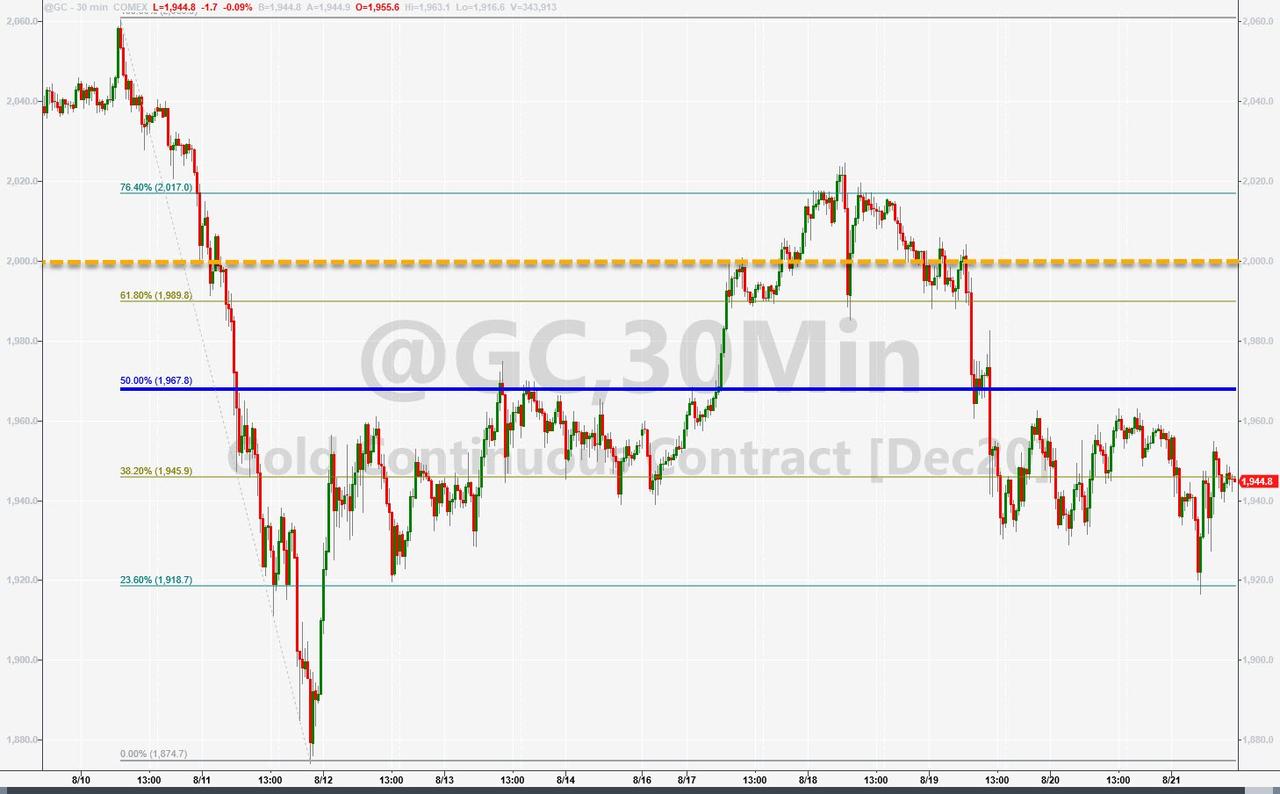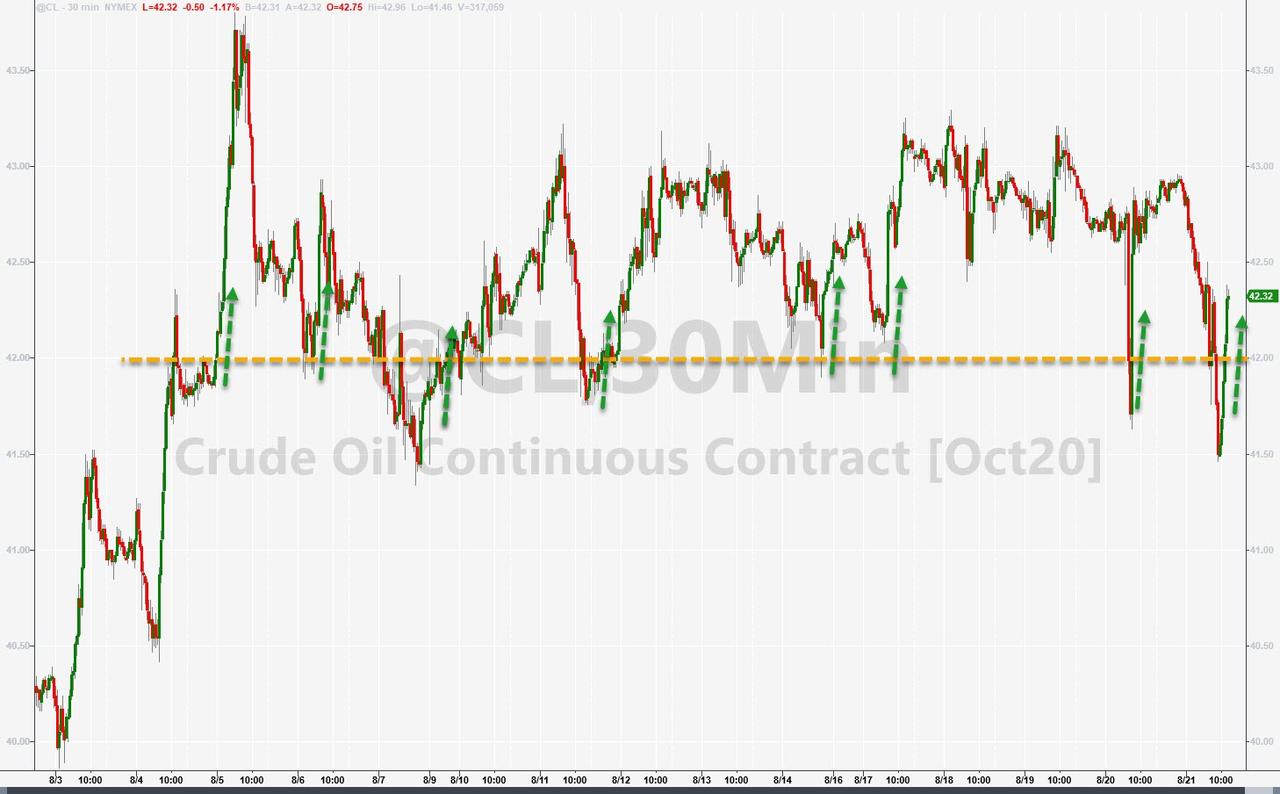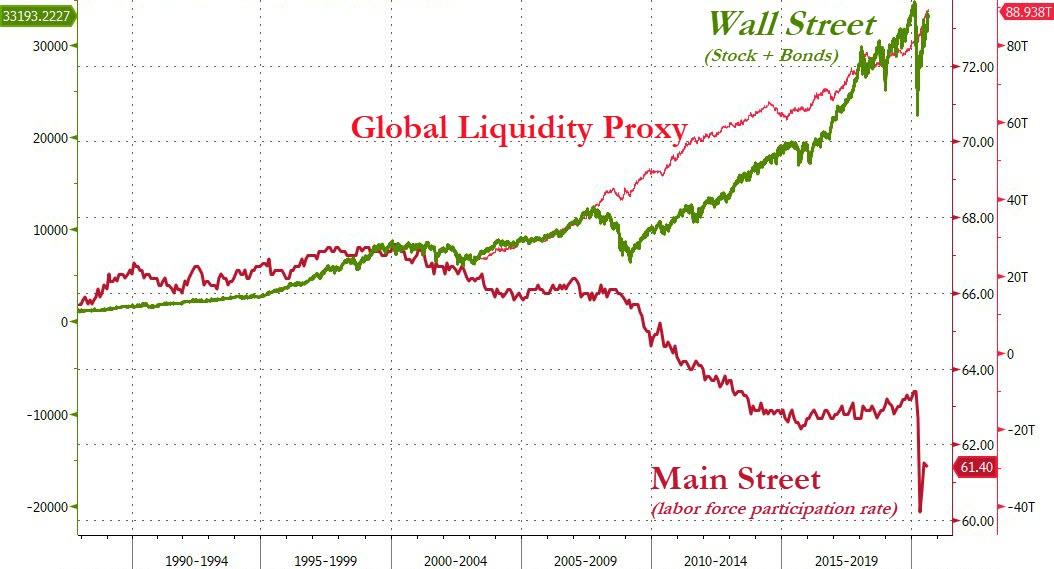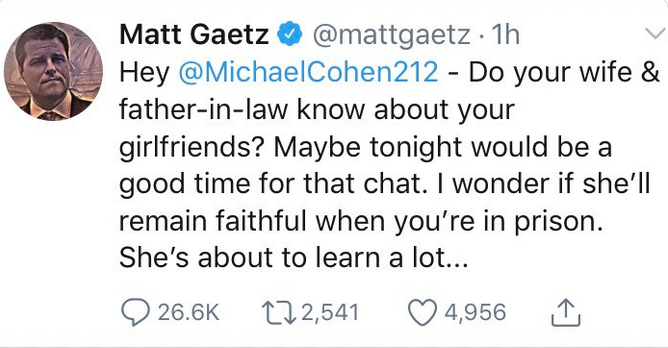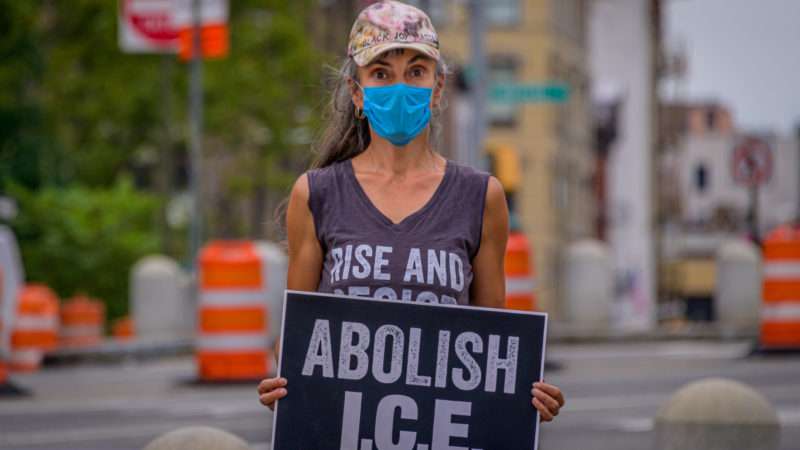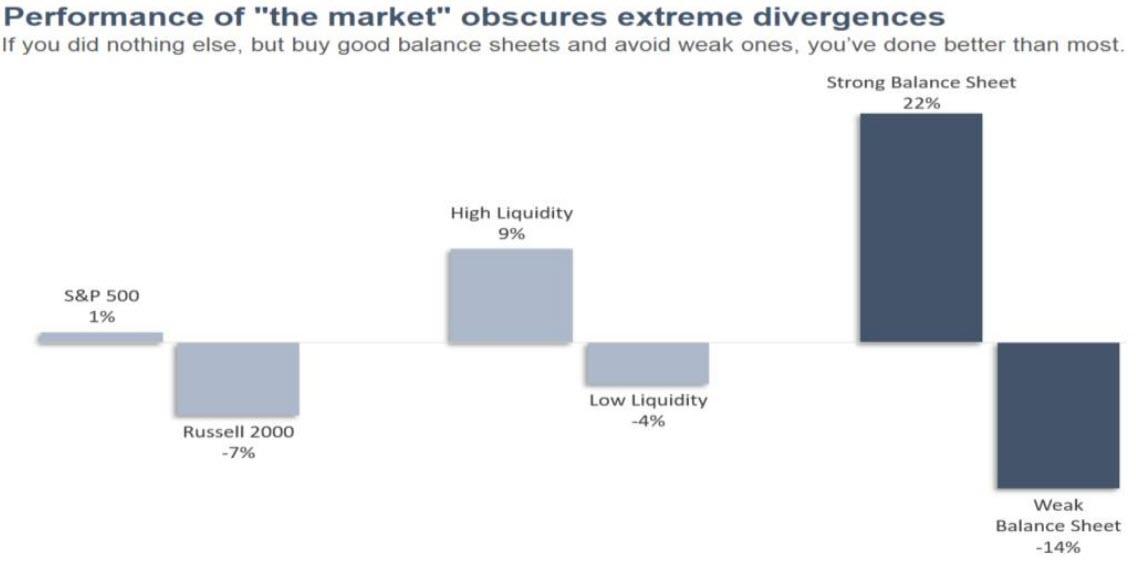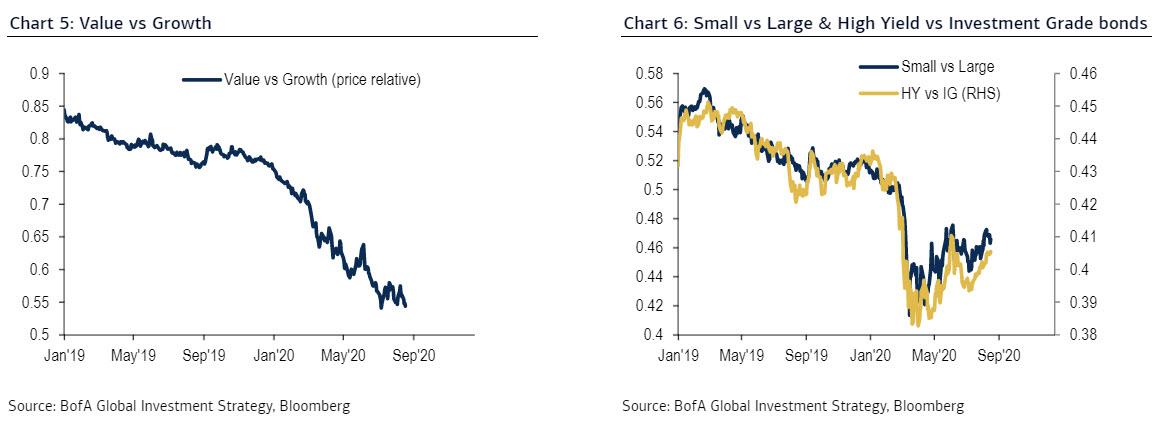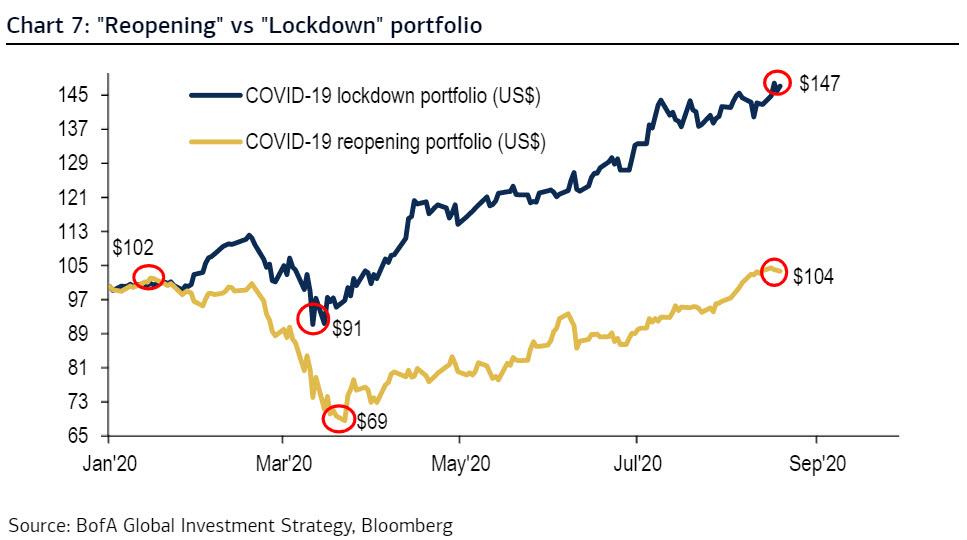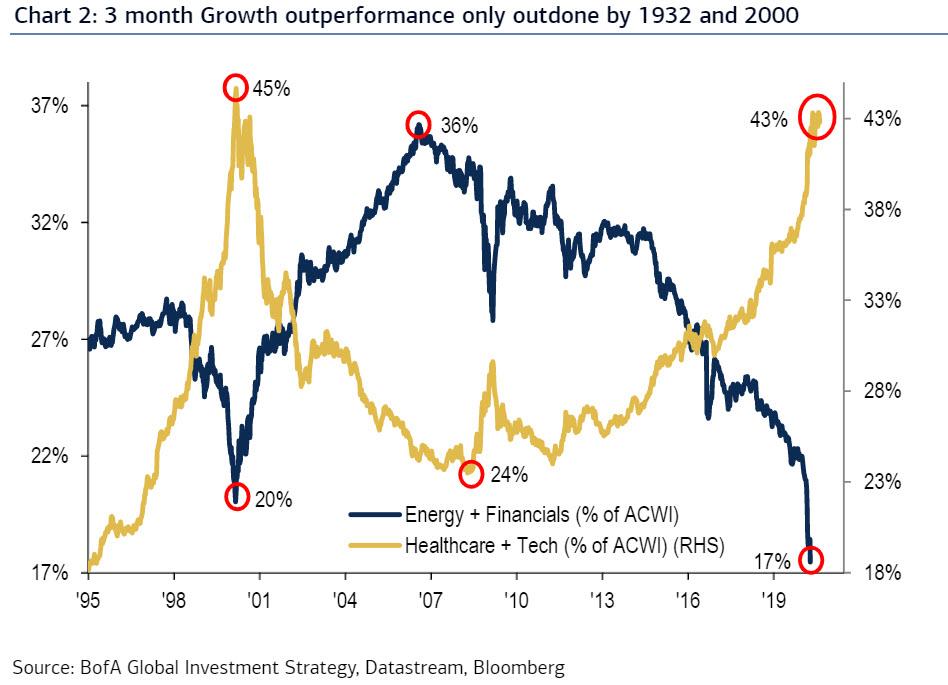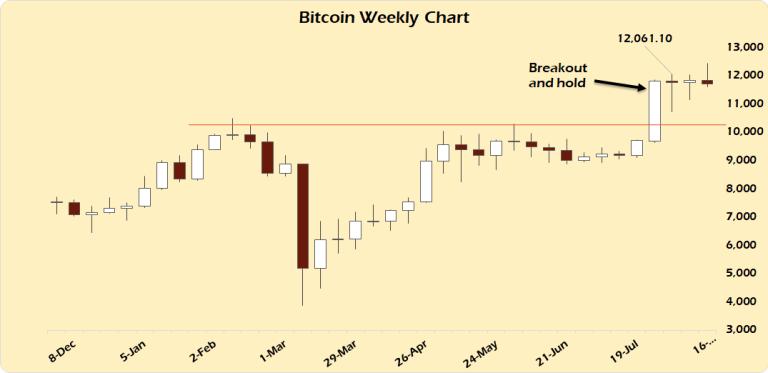Please enjoy the latest edition of Short Circuit, a weekly feature from the Institute for Justice.
The year 2020 has brought unprecedented crises. First, a global and deadly pandemic swept our country from coast to coast. It continues to cost Americans their lives, as well as their livelihoods, with over 40 million Americans unemployed in a devastated economy. And the video of a Black American dying at the hands of law enforcement, coupled with other killings, reignited festering issues with official misconduct. Long-standing laws and policies have exacerbated each of these crises. It’s time to reset. It’s time to upend the status quo and make 2021 a year of recovery. That’s why this week IJ launched the 2021 Initiative, a program to help state and local lawmakers draft tailored, impactful, and responsive legislation to create economic opportunity, increase availability of health care, and instill accountability in government. Click here to learn more.
- While Massachusetts state troopers book a man for a DUI, he cuts his head and needs 11 staples. Officers say he accidentally fell head first into the toilet. The man says they deliberately walked him into something. A jury awards the man $78k after determining that one of the officers deliberately injured him and that all three officers assented to the use of excessive force and intended to cover it up—a conspiracy to violate the Fourth Amendment. First Circuit: Which is supported by the evidence.
- Maine DEA obtain a dozen search warrants that lead to the discovery of lots of drugs and convictions for a dealer called Deuce. The First Circuit brings you its affirmance of Deuce’s convictions and, along with it, a Judge Selya vocab quiz: immurement, asseverational, aborning, dysphemism.
- Tardigrades, also known as “water bears” and “moss piglets,” are fascinating microscopic critters that can survive in boiling hot springs, buried under layers of ice, and even in the vacuum of space. They also feature prominently in this copyright suit, in which the creator of a videogame in which tardigrades assist with instantaneous space travel sues the creators of Star Trek: Discovery, a recent entry in the Star Trek canon, in which tardigrades assist with instantaneous space travel. Will he win? Second Circuit: Shaka, when the walls fell.
- Costco, purveyor of bulk toilet paper and 24-can packs of sparkling water, also sells engagement rings in a variety of styles. One is the Tiffany setting, a six-prong diamond solitaire. (Available for purchase is a 10-carat ring for a cool $400k.) These are not blue-box rings; they are unbranded rings from another vendor with the word “Tiffany” in display-case signs. Trademark infringement? District court: Yes. Pay $21 million. Second Circuit: Not so fast. A jury ought to consider whether the signs were confusing or the term was a generic descriptor used in good faith.
- Rappers 50 Cent and Rick Ross have feuded for years. The current stage: 50 Cent’s lawsuit (brought as part of his bankruptcy) alleging that Rick Ross’s “In Da Club (Ft. 50 Cent)” remix violates 50 Cent’s common law right of publicity. But the Second Circuit doesn’t buy it, holding the claim is preempted by the Copyright Act.
- Connecticut health officials fear eight people may have been exposed to Ebola, order them to quarantine for 21 days. Mid-quarantine, the CDC changes its policy to recommend no restrictions for people like these eight. But the quarantine remains with police stationed outside their homes. (None end up infected.) Unreasonable seizures or due process violations? Second Circuit: Well, it’s unlikely to reoccur, so they can’t seek prospective relief. And to the extent they sought damages, qualified immunity. Partial dissent: Gov’t power to prevent the spread of disease may not be exercised arbitrarily. The plaintiffs should be able to seek damages.
- To grant licenses for at-home possession of a firearm, New York requires that applicants have “good moral character.” Which is neither unconstitutionally vague nor a violation of the Second Amendment, says the Second Circuit.
- In this case from western Pennsylvania, “the District Judge’s law clerk conducted a one-hour-and-fifteen-minute unrecorded and untranscribed telephone conference where he advised counsel that the Judge intended to exclude the proposed expert report”—a conference that apparently led the defendant to plead guilty. Third Circuit: Unusual, inappropriate, vacated.
- A three-judge panel of the Sixth Circuit achieved the rare sexpartite fracture, with Judge Moore writing for herself and Judge Siler with Judge Nalbandian dissenting; Judge Siler writing for himself and Judge Nalbandian with Judge Moore dissenting; and Judge Nalbandian writing for himself and Judge Siler with Judge Moore dissenting. The upshot? A jury will decide whether a prisoner found hanging in a Brown County, Ohio jail cell really committed suicide or the scene was staged by the guards who killed him.
- Cleveland, Ohio EMT captain allegedly uses his personal Facebook page to make incendiary comments about the shooting of 12-year-old Tamir Rice. Cleveland fires him. He sues. Sixth Circuit: Because the Facebook posts addressed a matter of public concern, the captain’s firing at least implicates the First Amendment. For now, his case can proceed.
- Alerted that a “creepy” car is parked (legally) on a street, two city of Euclid, Ohio police officers awaken the man sleeping in the driver’s seat. Following a struggle—in which one officer ends up in the passenger’s seat—the man slowly drives away. The seated officer repeatedly strikes the man, tases him, strikes him with the taser, and then shoots him to death after the car comes to a stop. Sixth Circuit: The shooting was unreasonable enough to violate the Fourth Amendment but not enough to trump qualified immunity. (The state-law claims may proceed, though). Judge Donald, dissenting in part: Qualified immunity should not shield the officer.
- Federal inmate imprisoned in Forrest City, Ark. desires to hire someone to murder his ex-wife and her boyfriend. Posing as a hitman, undercover agent has lengthy written and in-person discussions with inmate, culminating in a written murder-for-hire contract. Prosecution under federal murder-for-hire statute ensues. And because the inmate was decidedly not entrapped, Eighth Circuit affirms, his conviction stands.
- After sitting on the Missouri grand jury that declined to indict Darren Wilson (the Ferguson police officer who killed Michael Brown), a former juror sues to challenge the state’s grand-jury-secrecy law. Juror: The law violates my First Amendment right to talk about my experience on the grand jury. Eighth Circuit: If the First Amendment applies at all, it’s not violated here.
- In 2016, California enacted a ban on possessing “large-capacity magazines”—firearm magazines that can hold more than 10 rounds. Which cannot be squared with the Second Amendment, holds two-thirds of a Ninth Circuit panel.
- After the Supreme Court decided Citizens United v. FEC, nonprofits that are not generally required to disclose their donors began running political ads. Watchdog group sues the Federal Election Commission, alleging that federal law requires disclosure of donors to any group spending more than $250 on such ads and that the FEC is failing to enforce this requirement. FEC: We interpret the law to require disclosure only for contributions that are earmarked for political ads. D.C. Circuit: Nope. If a nonprofit spends more than $250 on political ads, it has to disclose the name of everyone who has given it more than $200 in the relevant reporting period.
- And in en banc news, the Second Circuit will not reconsider its decision reinstating a case alleging that President Trump’s financial stake in certain businesses violates the Emoluments Clause. The denial features several dissents and dueling statements from senior judges unable to vote to take the case en banc but who nonetheless wish to share their opinions.
Friends, we hate to tell you this, but there’s a good chance that your state is CONning you. That’s because 35 states currently have “certificate of need” or “CON” laws that set hard caps on a variety of medical services, including much-needed ICU beds. A new IJ report details how this patchwork of decades-old laws hinders health care providers’ ability to meet the needs of the nation, and provides suggestions for reform.
from Latest – Reason.com https://ift.tt/3glo9MF
via IFTTT

